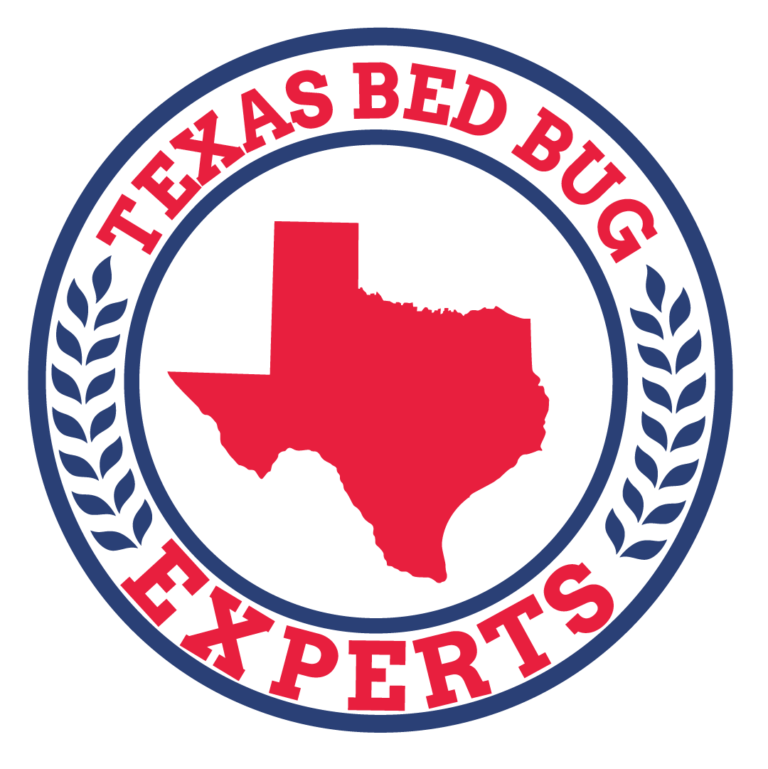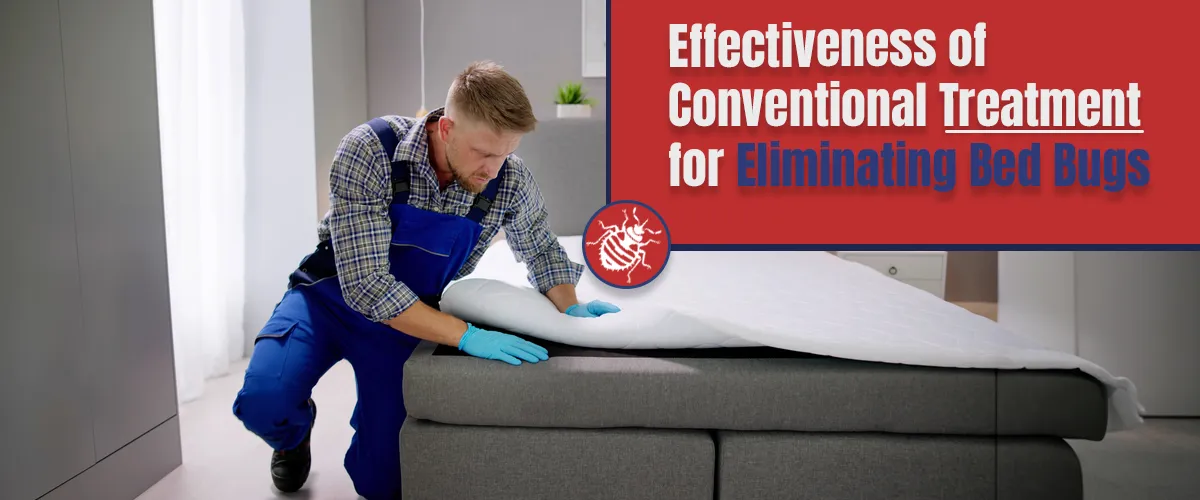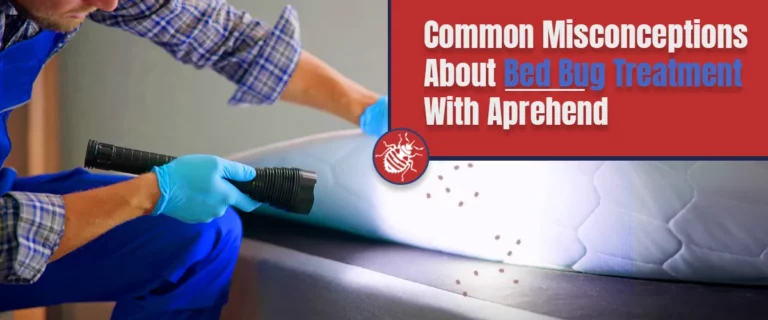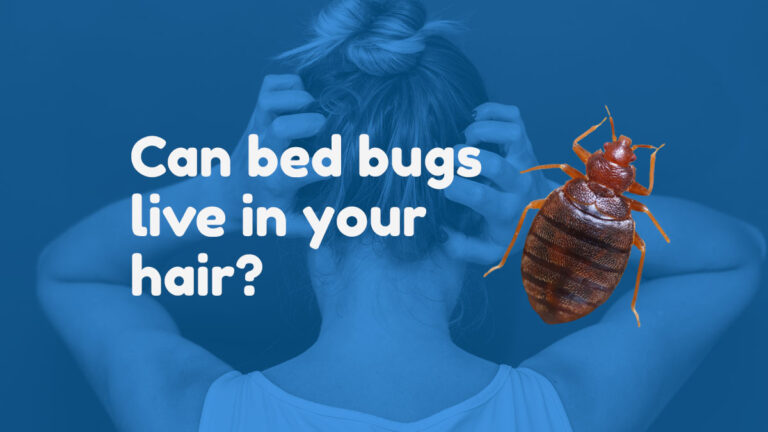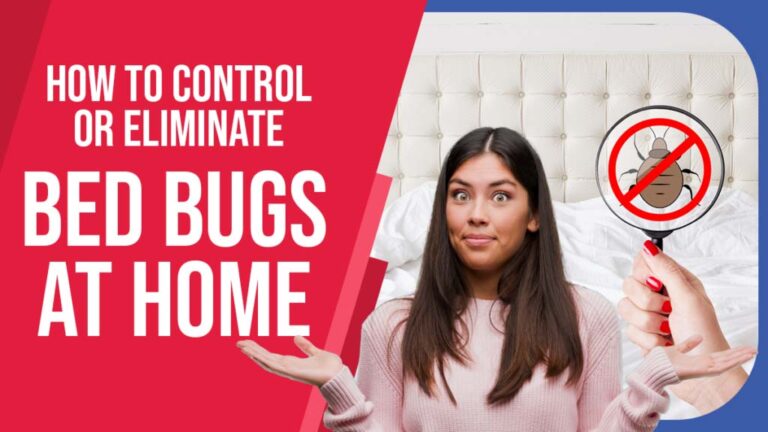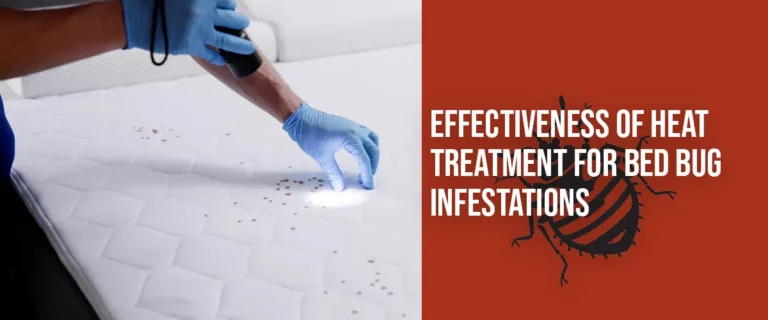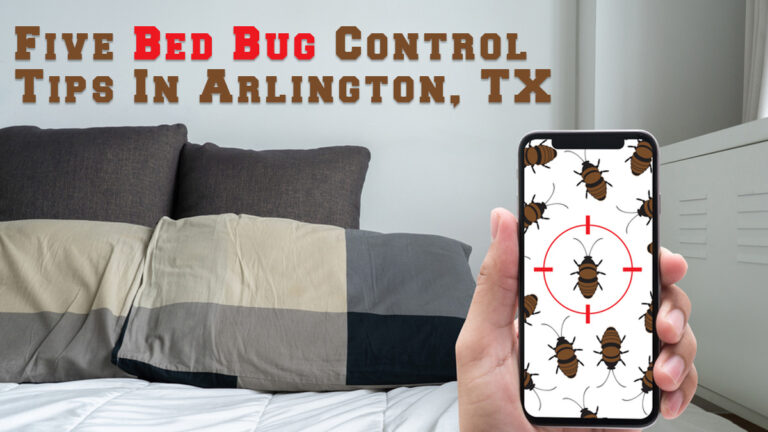Effectiveness of Conventional Treatment for Eliminating Bed Bugs
Have you had your fair share of bed bug scares? Bed bugs are small, blood-sucking insects that can be a real nuisance. They can cause itchy bites, allergic reactions, and even sleep deprivation. If you think you have a bed bug infestation, taking action immediately is crucial.
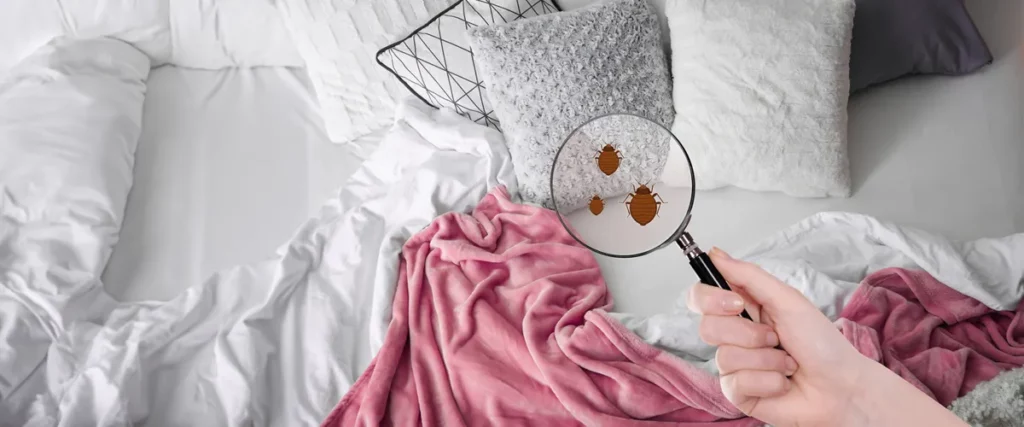
How Effective is Conventional Treatment in Killing Bed Bugs?
There are several ways to get rid of bed bugs, but traditional treatment is still one of the most effective methods. Meanwhile, the conventional treatment for eliminating bed bugs involves a combination of methods to eradicate infestations and prevent their reoccurrence.
These are the established strategies pest control professionals employ to combat bed bug infestations and ensure a bug-free environment effectively:
1. Chemical Treatments
Chemical treatments are commonly used in this treatment to control and eliminate pests like bed bugs. Two types of chemical treatments that are often employed are insecticides and desiccants:
a. Insecticides
People commonly use insecticides to treat bed bug infestations, applying them as liquid sprays, dust, or aerosols. Manufacturers design insecticides to kill bed bugs upon contact or when the bed bugs ingest them. Different classes of insecticides, such as pyrethroids and neonicotinoids, are utilized for their insecticidal properties.
b. Desiccants
Desiccants cause dehydration in bed bugs by absorbing moisture from their bodies. However, common desiccants used for bed bug control include diatomaceous earth and silica gel. People typically apply desiccants as powders in areas where bed bugs are present.
2. Heat treatments
Heat treatments involve raising the temperature in infested areas to a level lethal to bed bugs. Specialized heating equipment, such as steamers or heat chambers, achieves it. The sustained exposure to high temperatures effectively kills bed bugs and their eggs.
Heat treatments have shown high effectiveness in eliminating bed bug infestations. The lethal temperature for bed bugs is generally around 120°F to 140°F (49°C to 60°C), and maintaining this temperature for a sustained period is essential to ensure complete eradication.
3. Freezing treatments
Freezing treatments, called cryonite treatments, use freezing temperatures to kill bed bugs. Liquid carbon dioxide is applied through specialized equipment, freeing and killing pests upon contact.
Freezing treatments can eliminate bed bugs, as extreme cold temperatures are lethal. However, ensuring thorough and direct application to achieve optimal results is crucial.
4. Fumigation
Fumigation involves using gaseous pesticides to treat bed bugs and other pest infestations. They seal the area and introduce the fumigant to penetrate cracks and voids, killing bed bugs throughout the space. Additionally, professionals typically conduct fumigation, which requires careful planning and preparation.
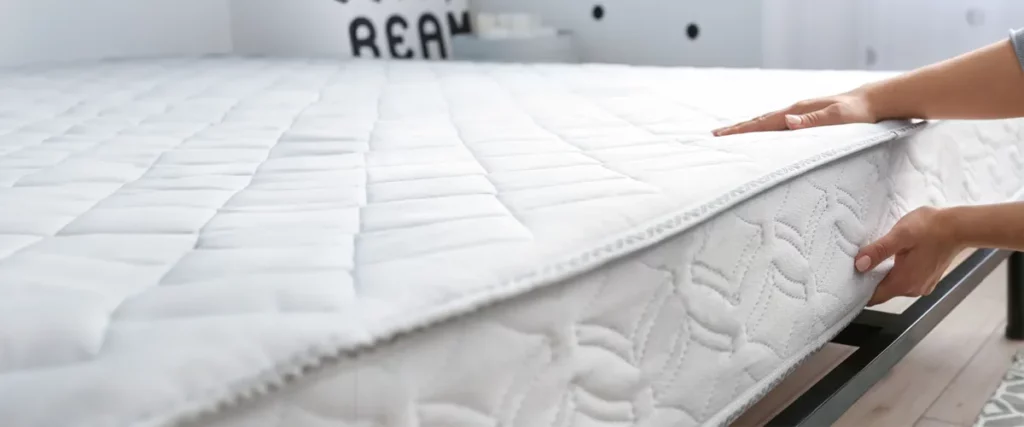
Effectiveness of Conventional Treatment
Conventional treatments, including chemical treatments, heat treatments, freezing treatments, and fumigation, have successfully eliminated bed bug infestations. However, it’s important to remember that the success rates may vary depending on several factors, such as:
1. Infestation Severity
Severe infestations with many bed bugs and extensive spreading can be more challenging to eradicate. In addition, it may require multiple treatments and a combination of approaches to eliminate successfully.
2. Treatment Method
Different treatment methods have varying degrees of effectiveness. When conducted properly, Heat treatments and fumigation tend to have higher success rates than chemical treatments alone.
3. Resistance to Insecticides
Certain insecticides may be less effective against bed bug populations that have developed resistance. On the other hand, insecticide resistance can reduce the success rate of chemical treatments and necessitate alternative approaches.
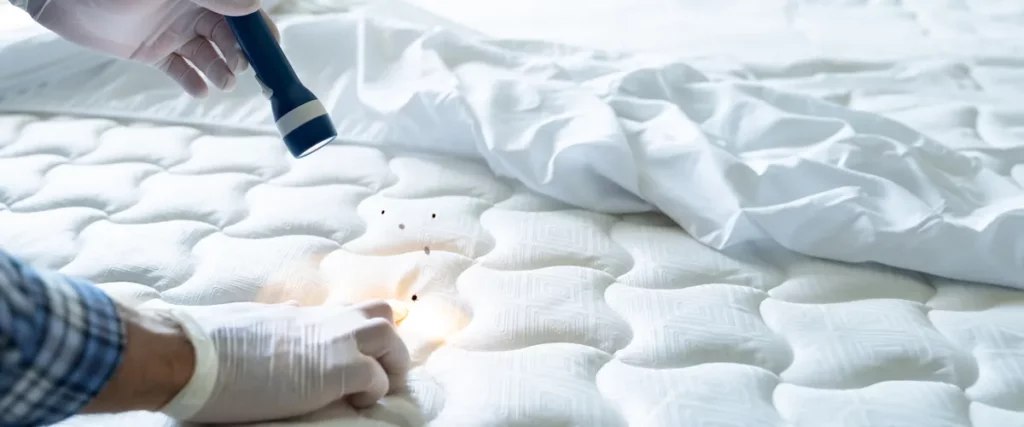
Limitations and Challenges of Conventional Treatment
Explore the inherent drawbacks and complexities faced by traditional methods in the battle against bed bugs and discover the pressing need for alternative solutions. The following are the vital insights that pave the way for innovative and practical strategies to ensure successful eradication and peace of mind:
1. Health Risks
The use of chemical insecticides may pose health risks to humans and pets if not handled and applied correctly. Following safety guidelines and using professional services when necessary to minimize exposure and associated risks is essential.
2. Environmental Concerns
Chemical treatments can have an impact on the environment. However, users should exercise caution when using products approved for bed bug control and adhere to proper disposal procedures for empty containers and unused pesticides.
3. Cost
It can be costly, especially when multiple treatments are required or for extensive infestations. On the other hand, the cost may vary depending on the area’s size, the infestation’s severity, and the chosen treatment method.
4. Disruption to The Daily Routine
Bed bug treatments may require temporary relocation or displacement from the infested area. It can cause inconvenience and disrupt the daily routine of individuals or families during the treatment process.
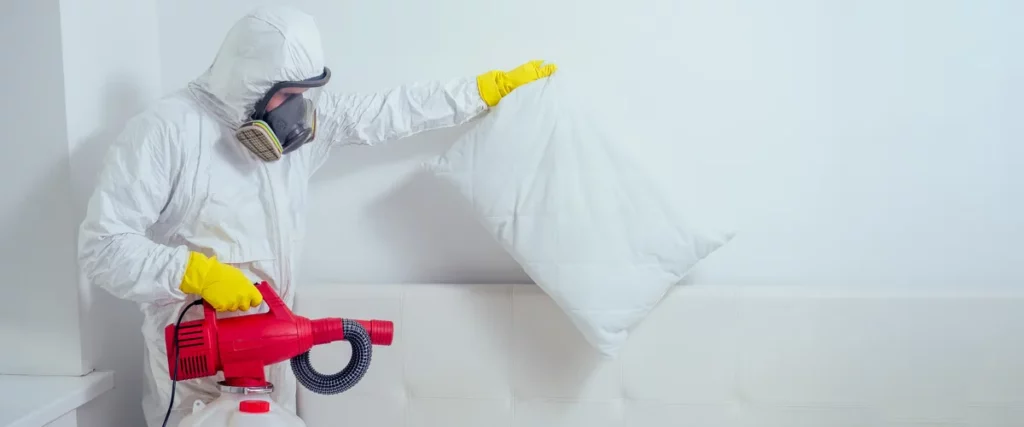
Alternative Treatment
Uncover various innovative and non-toxic methods that challenge conventional practices, providing viable alternatives for combating bed bug infestations. Explore the following transformative approaches to achieve long-lasting relief and a peaceful environment:
1. Integrated Pest Management
Integrated pest management (IPM) combines multiple strategies to manage bed bug infestations effectively. It involves a combination of preventive measures, monitoring, non-chemical interventions, and targeted use of pesticides when necessary. Moreover, IPM focuses on long-term solutions, advocating for reduced reliance on chemical treatments alone.
2. Biological Controls
Biological controls involve using natural predators, parasites, or pathogens to control bed bug populations. While research is ongoing, currently, there are no widely available biological control methods developed explicitly for bed bugs.
3. DIY Treatments
Individuals often attempt Do-it-yourself (DIY) treatments to address bed bug infestations. DIY approaches may include using various products and methods, such as homemade sprays or cleaning regimens. However, DIY treatments may only sometimes be practical and potentially exacerbate the problem if carried out correctly.
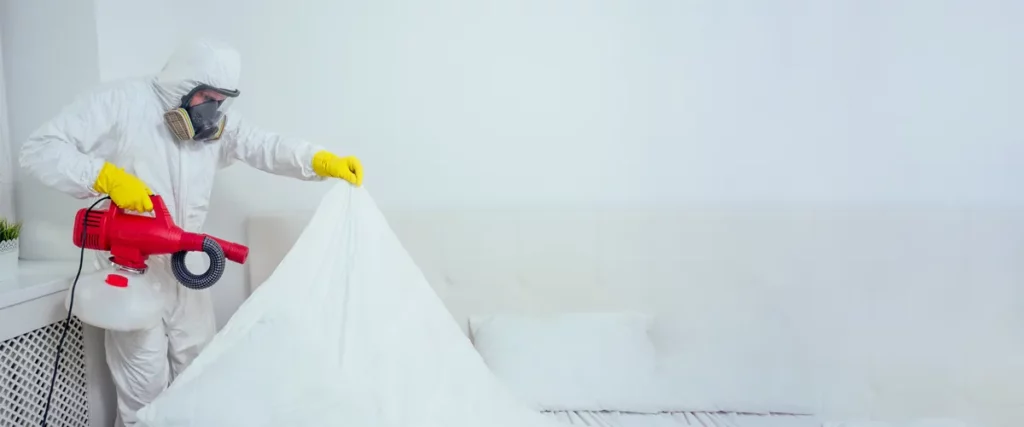
Achieving Effective Bed Bug Elimination
Finally, practical treatment approaches are vital when dealing with bed bug infestations. Conventional methods, including chemical treatments, heat treatments, freezing treatments, and fumigation, can effectively eliminate these persistent pests. However, when choosing the right approach and licensed bed bug professionals must be considered to ensure safe and effective procedures. Also, it’s essential to consider factors such as infestation severity, treatment methods, and insecticide resistance.
Moreover, professional consultation is critical to addressing bed bug infestations effectively and ensuring a good night’s sleep. So, don’t let the bed bugs bite, and take the necessary steps to reclaim your home from these unwanted intruders.
